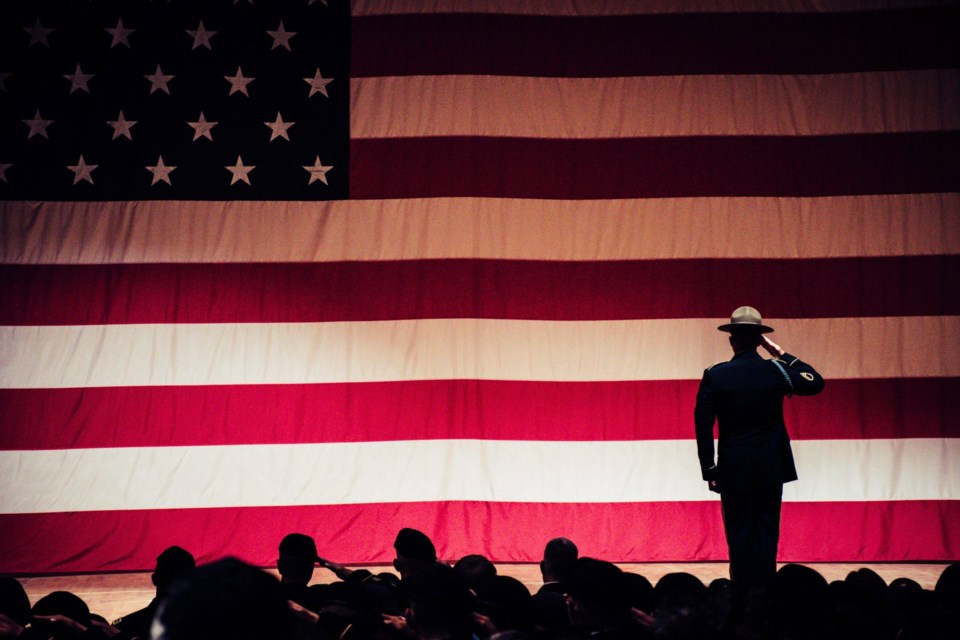As we are nearing its centennial celebration, let's take a look at the history of Veterans Day which originated as "Armistice Day" on November 11, 1919, the first anniversary of the end of World War I.
It wasn't until 1938, after Congress passed a resolution in 1926 for an annual observance, that November 11 became a national holiday and was "dedicated to the cause of world peace and to be hereafter celebrated and known as 'Armistice Day.'" As such, this new legal holiday honored World War I veterans.
Then, in 1954, after having been through both World War II and the Korean War, the 83rd U.S. Congress — at the urging of the veterans service organizations — amended the Act of 1938 by striking out the word "Armistice" and inserting the word "Veterans." With his legislation, November 11 became a day to honor American veterans of all wars.
In 1968, the Uniforms Holiday Bill ensured three-day weekends for federal employees by celebrating four national holidays on Mondays: Washington's Birthday, Memorial Day, Veterans Day and Columbus Day. Under this bill, Veterans Day was moved to the fourth Monday of October. Many states did not agree with this decision and continued to celebrate the holiday on its original date. The law went into effect in 1971, but in 1975 President Gerald Ford returned Veterans Day to November 11, due to the important historical significance of the date.
Unlike Memorial Day, Veterans Day pays tribute to all American veterans—living or dead—but especially gives thanks to living veterans who served their country honorably during war or peacetime.
Here are some facts about the veteran population of the United States:
- 18 million living veterans served during at least one war;
- 2 million veterans are women;
- 7 million veterans served during the Vietnam War;
- 5.5 million veterans served during the Persian Gulf War;
- Of the 16 million Americans who served during World War II, about 325,574 are still alive;
- 2 million veterans served during the Korean War;
- 6 million veterans served in peacetime.
- As of 2014, 2.9 million veterans received compensation for service-connected disabilities.
- As of 2014, 3 states have more than 1 million veterans among their population: California (1.8 million), Florida (1.6 million) and Texas (1.7 million).
- The VA health care system had 54 hospitals in 1930, since then it has expanded to include 171 medical centers; more than 350 outpatient, community, and outreach clinics; 126 nursing home care units; and 35 live-in care facilities for injured or disabled vets.
The military men and women who serve and protect the U.S. come from all walks of life; they are parents, children, grandparents, friends, neighbors and coworkers, and are an important part of their communities.




